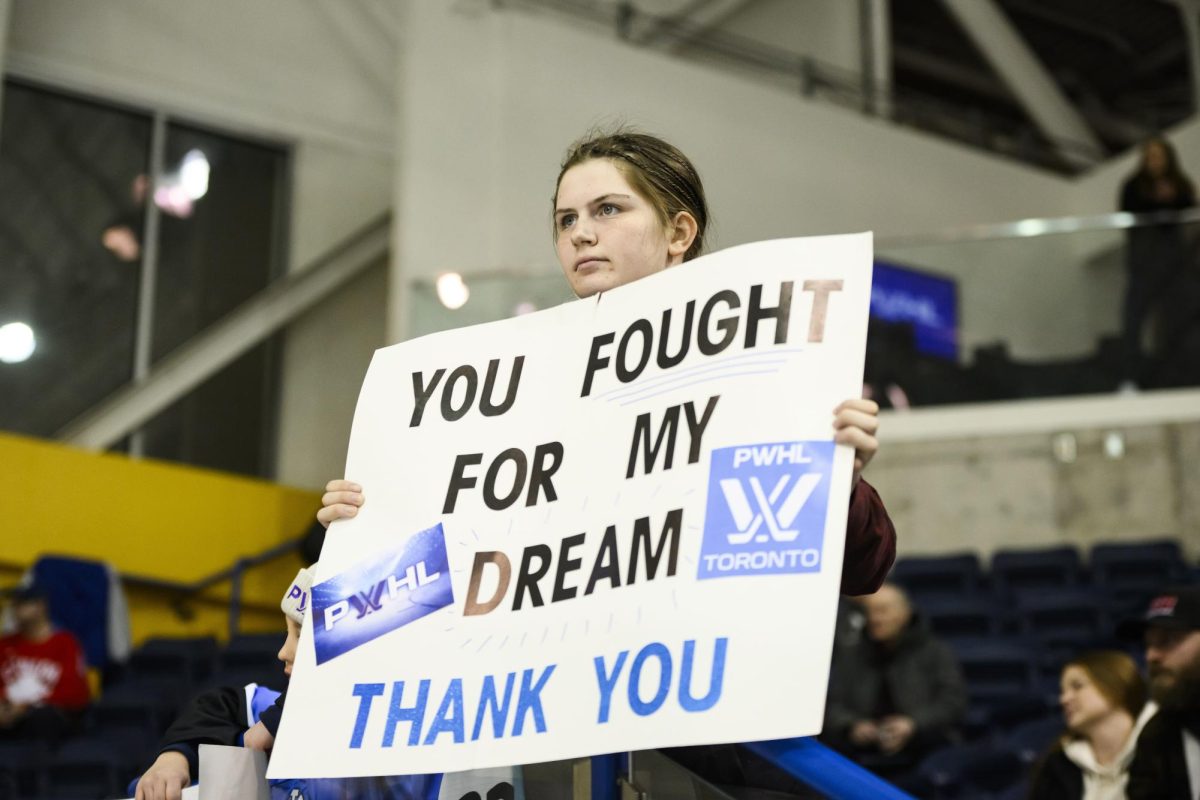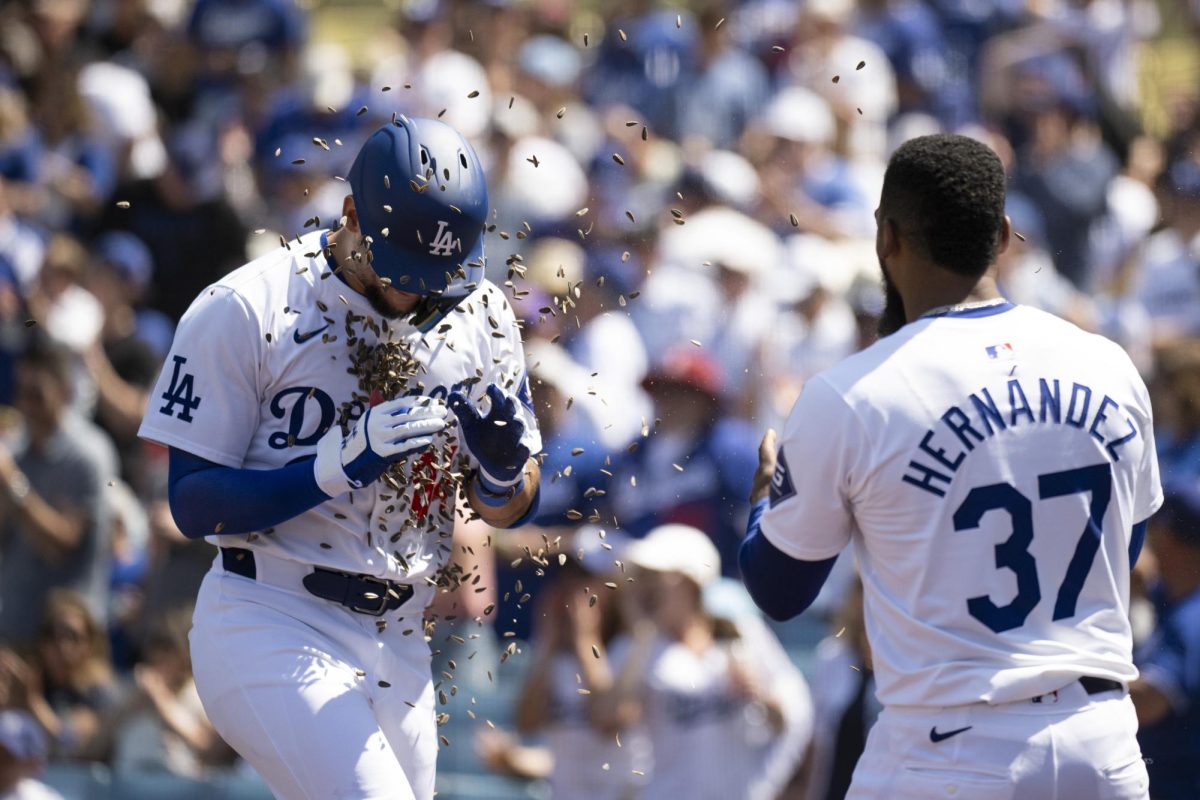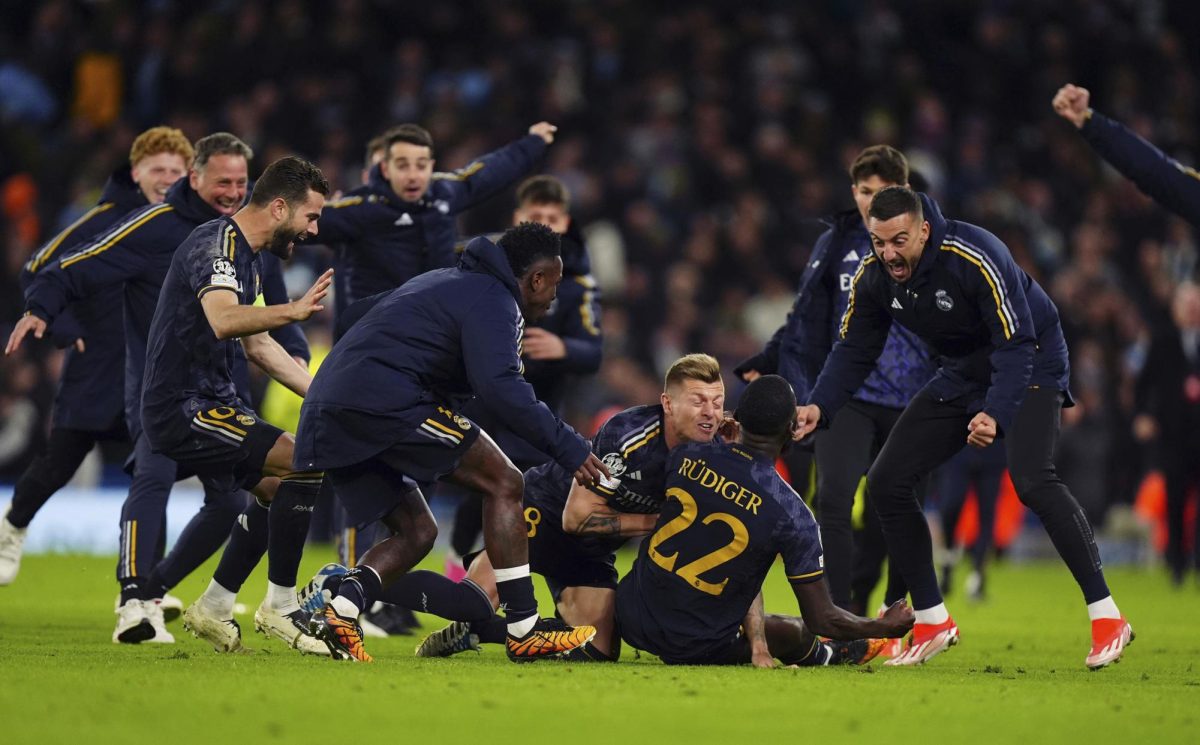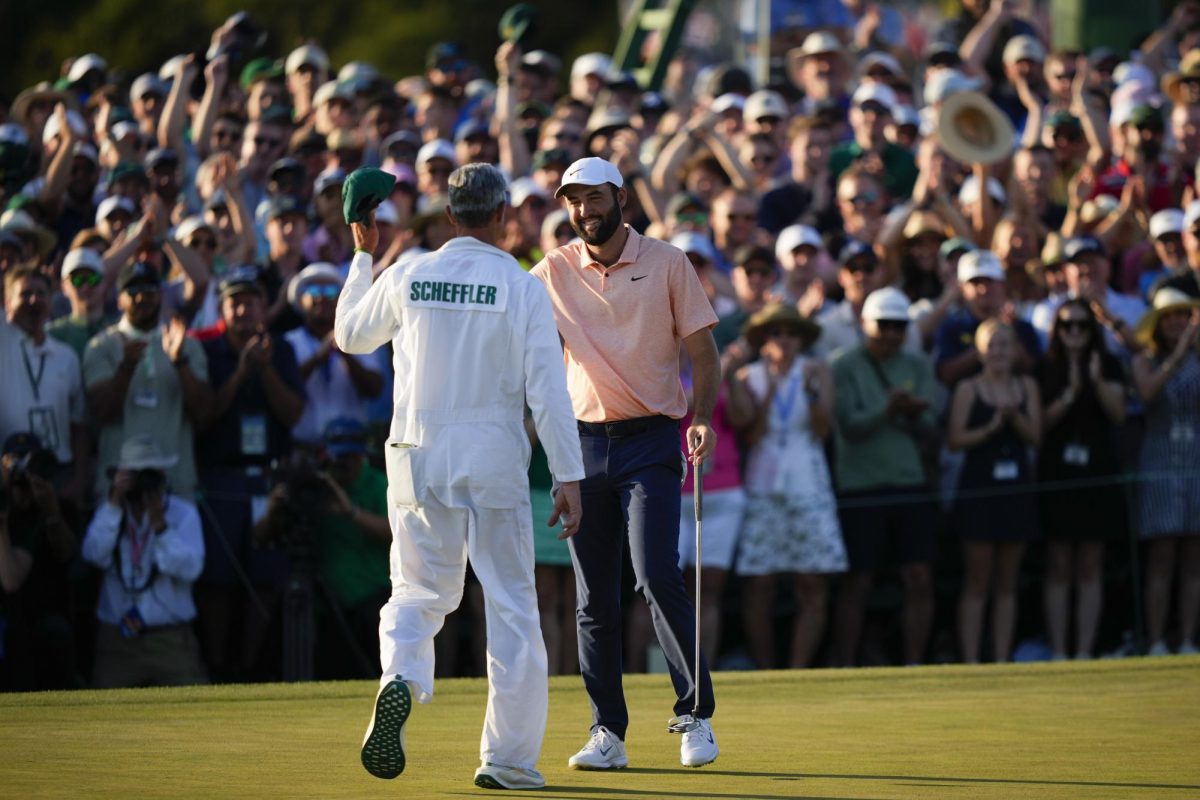This is the first article in a two part story on the development of the Professional Women’s Hockey League that will be released in the upcoming weeks.
Late June and early July are typically a busy time in the hockey world. The NHL free agency frenzy begins on the first day of July every year, with breaking news potentially dropping at any moment. During that time of year, you can often find me glued to my phone, analyzing different moves made by different teams, trying to picture and understand the altering landscape of the NHL world. However, this year, a different professional league caught my attention.
Sitting in the passenger seat of my grandfather’s car driving down the Toronto freeway, a notification from theScore caught my eye: “BREAKING NEWS: New Pro Women’s Hockey League Set to Launch in January 2024.”
This was big. The article remained vague in the specifics due to the fresh nature of this announcement; however, it stated that the largest hurdle holding back professional women’s hockey had finally been cleared.
In 2007, the Canadian Women’s Hockey League (CWHL) was considered the first centralized location for elite women’s hockey players. The league was not considered professional, as the players were not paid for their performance. “It was a step above a beer league only because of the Olympians and future Hall of Famers who took the ice each week,” wrote The Athletic reporter Hailey Salvin.
The CWHL was not sustainable in its current form. Money only came from small sponsorship deals and donations. Yet the small nature and formation meant takeover from the NHL, not too dissimilar from the NBA’s takeover of the WNBA years prior, would be very possible.
The limited nature of the league meant options for players coming out of college were poor. Professionalism for many of these Olympians ended when their college careers concluded.
Dani Rylan Kearny was another American college player who had no options after graduating. At first, she pitched the idea of adding an American expansion to the CWHL, yet ultimately decided to found her own league, called the National Women’s Hockey League (NWHL). The NWHL would become the first women’s professional league with salaries for their players. For reference, those salaries ranged from a meager $10,000 to $26,000 a season, hardly a sustainable income. Still, salaries indicated progress and would lure many Americans in the CWHL and even some Canadians away from the CWHL.
There may never have been an intention for the two leagues to compete with each other, but it was inevitable. The leagues drew from the same talent pool and pulled viewership from the same audience, which resulted in a split fanbase and a diluted on-ice product.
Regardless, financial problems emerged. The league missed a payment to equipment manufacturer Bauer and cut player salaries significantly, in some cases over 50 percent. Many players would leave the league returning to the CWHL or retiring altogether to work full-time jobs. Rylan Kearny’s reputation took a significant hit. Merging the two leagues with the help of the NHL was discussed; however, discussions were shelved when the parties involved couldn’t agree.
The CWHL looked to similarly pay their players taking investments from overseas; however, revenue stream was not stable and eventually created massive losses for the league. In March of 2019, the CWHL announced it would cease operations.
During that season’s NHL All-Star Game, US Olympian and NWHL player Kendall Coyne Schofield became the first woman to compete in the NHL All-Star skills competition. Coyne Schofield captured national attention with her performance against elite NHL players in the fastest skater competition, bringing many eyes to the women’s game, including my own.
It would be only a couple of months later, after the folding of the CWHL, that Rylan Kearny announced expansion into the vacated Canadian markets. With more eyes on the league from the All-Star game, this was perfect timing for the NWHL.
However, as the NWHL began to present itself as a sustainable and capable operation, a consortium of players, including many of the game’s elite, refused to partake in the league due to the mistrust and bad blood from prior years. These players, labeling themselves the Professional Women’s Hockey Players Association, announced on social media that they would not play professional hockey in North America until the proper resources for sustainable professional hockey were provided.
This was a big blow for the NWHL. The league could not offer the best on-ice product, with many of the game’s best abstaining from participation. The boycotting players instead traveled the country playing in exhibition games as a reminder that they were not in the league.
This was the state of professional women’s hockey: a broken, confusing system mired in bad blood and controversy. The disjointed, ununified population made it difficult for players to make money and for the fans to follow their favorite players. The landscape was desperate for a reset.
Mark Walter was the man to bridge that gap. The current co-owner of the Los Angeles Dodgers and EPL Chelsea F.C. had been having discussions with the NWHL (now called the Premier Hockey Federation or PHF) about acquiring the league’s assets with the goal of unification in women’s professional hockey. In late June 2023, an agreement was struck, wiping the slate clean for all involved.
From that moment, a plan was put in place for a new league backed by the Walter Group where the best of the best in women’s hockey could play while having the adequate resources they had been demanding in the years past. It was an exciting time.
It was not easy for everyone involved, however. Players who had signed contracts with PHF teams were left without a source of income and no guarantee they would be a part of this new league. Some players, such as Sarah Lefort, even purchased homes in their local areas with the expectation of their income, but months later, had no certainty of a contract and income to afford that home. These players signed these contracts with the expectation that hockey would be their full-time job, which meant they would leave well-paying positions to follow their dreams.
The PHF has grown a lot since its years as the NWHL. Salaries that were once below $30,000 had quadrupled. With the cap rising to $1.5 million, players could sign substantial contracts, such as Olympic gold medalist Kacey Bellamy’s one-year, $122,000 contract. With the purchase of the league, all of those contracts have been voided, leaving many in financial limbo.
Unifying the two leagues means competition for places will be much more fierce. Those feeling comfortable with a spot and an income may find themselves on the outside looking in come time for the inaugural PWHL season. Even with the positive changes coming to women’s hockey, some would still suffer. Even so, this was a necessary step to push women’s hockey to where it should have in the sports realm, and the space will be better for years to come.






